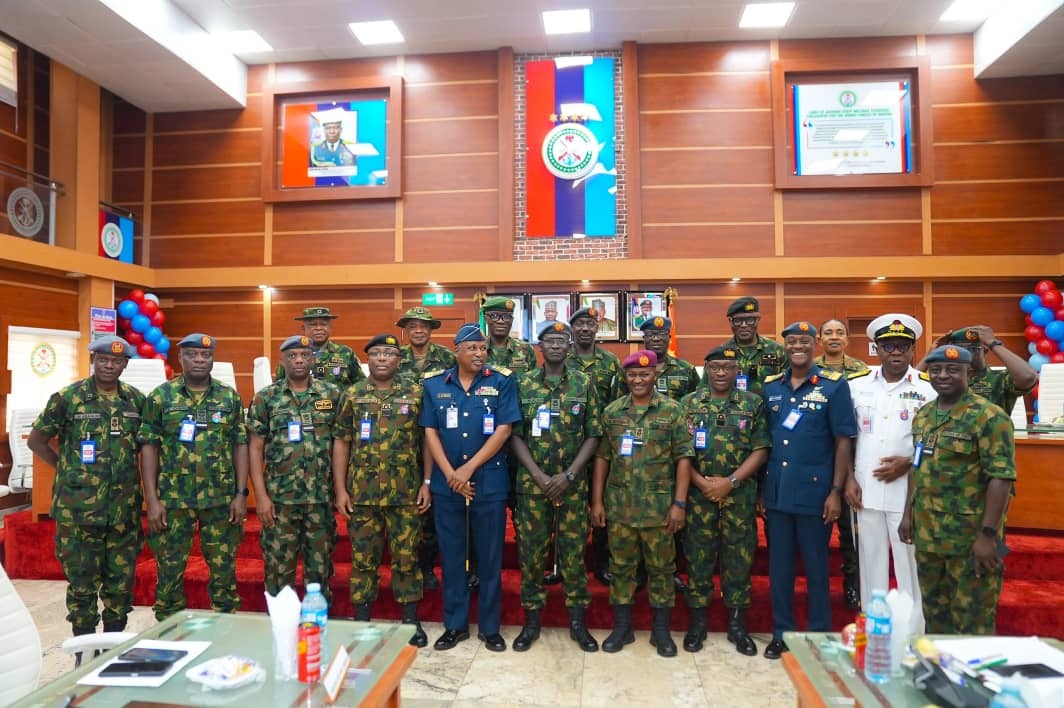
• Identifies Fulani ethnic militia as key perpetrator of violence
• Says 1,665 abducted in 2020; 5,907 in 2021; 7,705 in 2022; 6,255 in 2023
• ‘How armed groups, non-state actors are exploiting govt’s weaknesses’
Researchers from the Observatory of Religious Freedom in Africa (ORFA) have reported over 55,910 civilian deaths in Nigeria during a four-year study from October 2019 to September 2023.
Operating under the Foundation Platform for Social Transformation, ORFA is committed to monitoring religious freedoms and documenting rights violations across Nigeria.
The research highlights the escalating violence, particularly in the North Central zone and Southern Kaduna, where mass killings, abductions, and family torture are reported to occur with minimal intervention from security forces.
The authors of the report called on the international community to pay close attention to the findings, stressing the need for increased global involvement in combating the human rights violations that underscore a narrative of besieged communities and government indecision.
The ORFA report coincides with the release of yet another by SB Morgen (SBM) Intelligence yesterday, which notes that Nigeria’s security crisis has become increasingly complex, with armed groups and non-state actors exploiting the state’s weakened influence. This includes Boko Haram’s resurgence in the North-East, armed gangs in the North-Central and North-West, secessionist violence in the South-East, and gang-related issues in the South-West. It added that amid these diverse security threats, widespread kidnap for ransom has emerged as a common thread.
The findings, disclosed by Frans Vierhout, Data Scientist at ORFA, identify the Fulani Ethnic Militia (FEM) as a key perpetrator of violence in Nigeria. The report underscores the alarming trend of mass violence that has largely gone unchallenged as security agencies focus on remote targets rather than addressing the immediate needs of local communities.
Also, the data shows that FEM’s violent activities are predominantly concentrated in the North-Central zone and Southern Kaduna, areas that have suffered significantly from their attacks.
It notes that military resources are concentrated in the North-East and North-West of Nigeria, hundred miles from the scenes of the FEM atrocities. According to the report, “Across the country, over 11,000 incidents of extreme violence took place during the data period, with more than 55,000 killings and 21,000 abductions. In the North-Central zone alone, 3,007 incidents of extreme violence occurred. Two thousand ten incidents involved killings, 700 were abduction incidents and 297 were a combination of killings and abductions.”
The report notes that the Fulani Ethnic Militia killed “at least 42 per cent of all civilians, while Boko Haram and ISWAP (Islamic State West Africa Province) combined killed 10 per cent. FEM, an ethno religious terror group, is considered by many security experts to be a ‘twin’ of Islamists killing and kidnapping civilians in Northern Nigeria. Land-based community attacks form the largest category of civilian killings (81 per cent).”
It adds: “FEM invade small Christian farming settlements to kill, rape, abduct, and burn homes. 2.7 Christians were killed for every Muslim in the reporting period. Islamist extremists kill both Muslims and Christians. However, Christian death tolls are far higher. Proportional loss: in states where attacks occur, proportional loss to Christian communities is exceptionally high. In terms of state populations, 6.5 times as many Christians are being murdered as Muslims.”
It pointed out that the ORFA data project also uncovers a troubling trend in abductions across Nigeria, with incidents rising during the four years. The statistics indicate that 1,665 people were abducted in 2020, 5,907 in 2021, 7,705 in 2022, and 6,255 in 2023.
Furthermore, the data shows Christians are 1.4 times more likely to be abducted than Muslims, with an estimated 5.1 Christians abducted for every Muslim within local populations.
This pattern underscores the targeted nature of these kidnappings, especially by the FEM, which often focuses on Christian communities. It also reveals that analysts like Rev Dr Gideon Para-Mallam recognise this as a component of a larger strategy to destabilise and terrorise vulnerable groups.
The report notes that, by the end of 2023, the International Displacement Monitoring Centre (IDMC) reported that 3.3 million Nigerians had been forcibly displaced from their homes and were surviving in makeshift camps.
According to the report by SB Morgen (SBM) Intelligence, a geopolitical research firm, between July 2023 and June 2024, no fewer than 7,568 people were abducted in 1,130 incidents across the country. In that same period, kidnappers demanded at least N10,995,090,000 (approximately $6,871,931) as ransom but received N1,048,110,000, a mere 9.5 per cent of the money demanded, indicating that kidnappers have become less targeted in their victimology.
The report submits that as the country’s economic challenges deepen and more individuals fall below the poverty line, more people have taken to kidnapping for ransom for survival. To prevent this crime from becoming an entrenched norm, there is an urgent need for a comprehensive and coordinated effort to disrupt the financial flows that sustain these criminal activities. Only then can Nigeria hope to address the growing threat of kidnapping and restore a sense of security to its citizens.
Of the 1,130 reported kidnapping cases, Zamfara, Kaduna, and Katsina have the highest numbers of incidents and victims. Zamfara recorded 132 incidents with 1,639 victims, Kaduna had 113 incidents with 1,113 victims, and Katsina reported 119 incidents with 887 victims.
These three states also have the highest number of civilian deaths. In the year under review in the report, kidnapping became more lethal, with 1,056 people killed in 1,130 reported kidnap incidents. On average, someone is killed each time there is an attempted kidnap.
The FCT has the highest ransom demands, followed closely by Lagos and Kaduna. When comparing geopolitical zones, the Southeast has the highest ransom paid and collection rate overall.
This year, as in previous years, kidnappers have continued to demand in-kind payments from victims’ families, ranging from food, drinks and cigarettes in the South to motorcycles in the North.
The report notes the worrying trend that kidnappers are increasingly breaking trust. More than four ransom bearers have been killed, and three others abducted this year. It states that if this persists, finding people eager or willing to deliver ransoms on behalf of victims may get more challenging.
According to the report, a notable feature of this year’s kidnapping incidents is the prevalence of mass abductions – kidnap events in which at least five people are abducted – particularly in the North. From January to June, there have been 135 mass abduction incidents involving at least five victims per incident, with 3,277 people kidnapped and 125 killed.
SBM’s analysis reveals that women are more frequently kidnapped than men. Comparing kidnapping incident trends from 2022 to 2024, the South has seen only a slight increase in absolute numbers. However, the North has experienced a dramatic rise in incidents this year, surpassing the combined totals of the previous two years, signalling a rapidly worsening and out-of-control situation.






